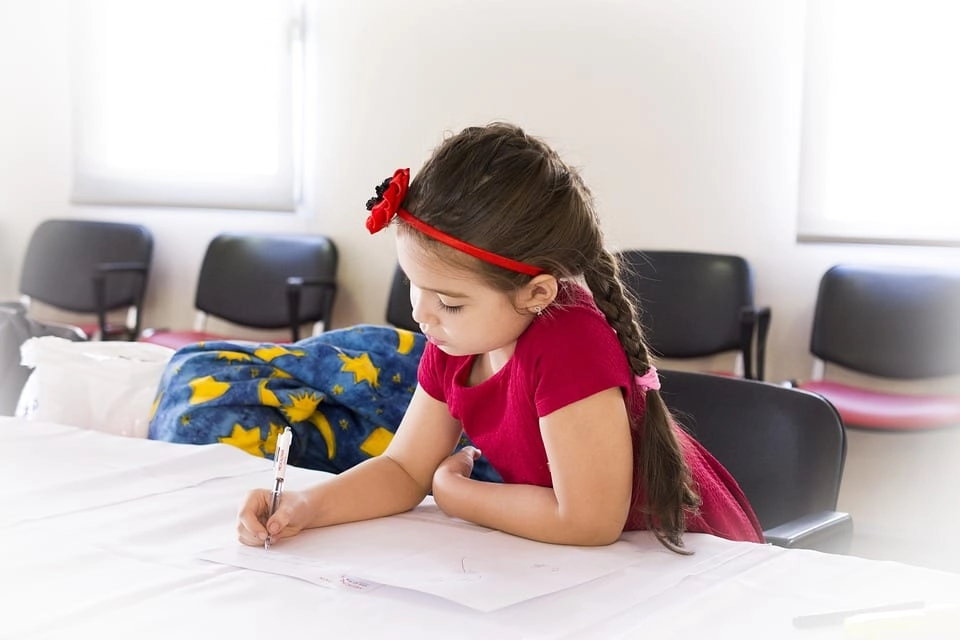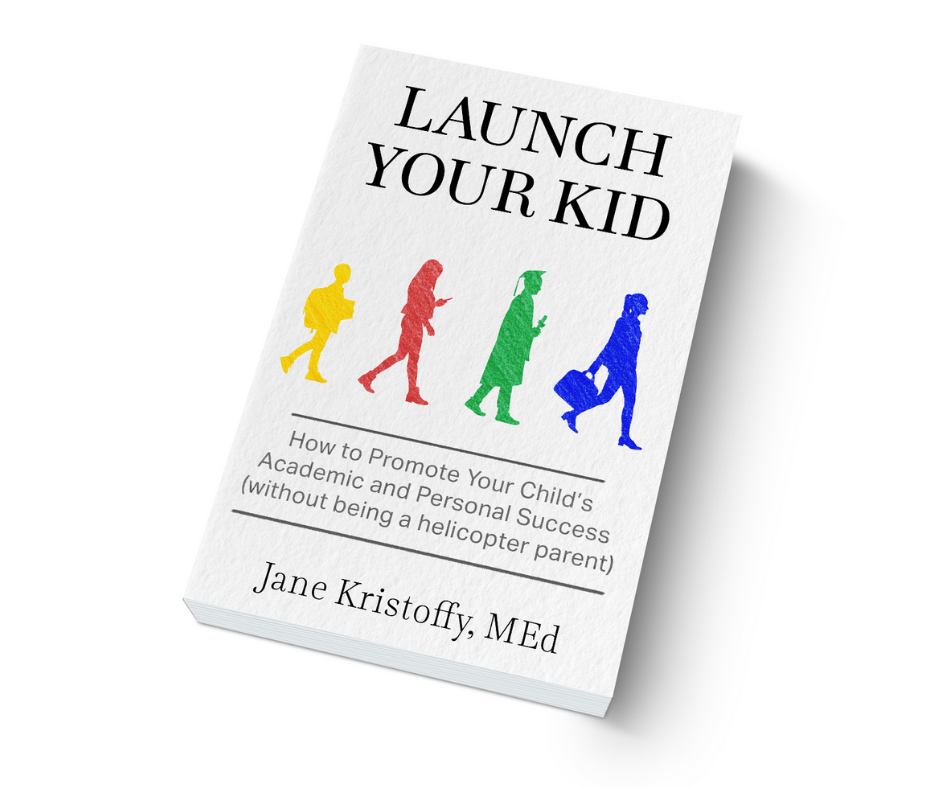By Sharon Withers
Many school administrators and teachers today are quite willing to listen to parents and make decisions on keeping twins together in a classroom on a case-by-case basis. Yet not all educators seem quite ready to toss out, or even bend, the old rules. Policies requiring separation of twins in school often result from a well-intentioned desire to help them develop as individuals. Authorities may not realize that twins can be treated as individuals and remain in the same classroom, or that prematurely separating multiples in school can heighten the need they have for each other and, as a result, get their school career off to a negative start.
Obstacles can be overcome when you approach school officials with a positive plan. Present your case in terms of what is best for your children. Demonstrate how well you know your children by citing specifics of how togetherness will benefit your twins—things a teacher could never know,especially the first year. Pediatricians’ recommendations are an important frontline defense against the “old-school” separation rules. Ask your
pediatrician for a letter explaining why your children will benefit from being together in a classroom during the coming year.
Separating multiples may be easier on teachers, but most good teachers are willing to invest the time and effort to learn to be comfortable with twins in the same classroom. You can help. Show teachers little ways in which they can encourage individuality. For example, twins can sit in separate areas of the room, be placed in separate reading groups and on different activity teams. Talk about each child as an individual and encourage the teacher to call them by name. Point out distinct physical features such as different hairstyles; left hand, right hand; color of clothing or the quirky way one sits or walks. Also discuss their temperamental characteristics, likes and dislikes and areas in which each excels. At the same time, tactfully caution the teacher about the flip side of learning to differentiate your twins: labeling.
You might go so far as to offer to consider separating your twins after two months if their teacher observes certain behaviors or signs such as excessive arguing, clinging, competition; not including other children in their activities; or any other behaviors. This demonstrates flexibility and cooperativeness on your part and opens the door for school officials to follow your lead.
Multiples tend to separate and become comfortable with being apart as they move through the primary grades— some sooner and some later, but usually between the ages of 6 and 9. Their individual strengths and talents emerge, along with their individual personalities. Twins’ dependencies—their neediness for each other—tend to swing back and forth throughout childhood.
Working with school administrators and teachers is a learning experience for all involved. When everyone is open to creative solutions, multiples benefit.






